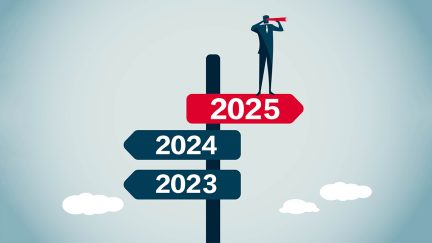Want the latest retirement plan adviser news and insights? Sign up for PLANADVISER newsletters.
Millennial Men and Women Have Different Retirement Outlooks
Millennial men and women view retirement planning and saving significantly differently, a survey by Schwab Retirement Plan Services found. Fifty-four percent of Millennial men are mostly concerned about their health in retirement, and 46% are apprehensive about their savings—but 70% of Millennial women are more concerned with their financial security once they stop working. They also experience far more stress than men with regards to saving for retirement.
The survey of Millennials between the ages of 25 and 35 also discovered that Millennial women are more interested than men in receiving professional help with their retirement savings efforts.
Worries about their health—and finances—in retirement are somewhat surprising, given that 86% of Millennial men and 84% of Millennial women say they are in good health, and that 77% of Millennial men and 79% of Millennial women say they are in good financial shape.
Women evidently think they will need to stay in the workforce longer than men to make up for retirement; 31% of Millennial women think they will still be working at age 70, compared to 22% of Millennial men.
“A variety of social and economic factors impact the way men and women view money, and our survey showed that this is already affecting the youngest generation of workers,” says Catherine Golladay, senior vice president of participant services and administration at Schwab Retirement Plan Services. “It is important for women and men alike to have access to and take advantage of critical resources, such as professional 401(k) advice and financial wellness programs, to help close the gap in retirement savings confidence.”
NEXT: Saving enough?
Asked whether they are saving enough to retire when they want to, 55% of Millennial men and 42% of Millennial women say yes. This divide can be explained, in part, by the uncertainty associated with 401(k) investing. Sixty-one percent of Millennial women and 44% of Millennial men say they do not know what their best 401(k) investment options are. Seventy-five percent of Millennial women and 59% of Millennial men wish they had an easier way to choose their 401(k) investments.
Only 36% of Millennial women say they feel on top of their 401(k) investments, and 42% feel a great deal of stress when making 401(k) investment decisions. By comparison, 55% of Millennial men feel on top of these investments, and 31% feel 401(k) investment-related stress.
Eighty-nine percent of both Millennial men and women say they are relying on themselves for retirement savings, with 72% of men and 74% of women reporting that their 401(k) will be the biggest resource.
More Millennial women than men would like help with specific aspects of retirement planning, like managing current expenses to save more for retirement (45% versus 25%) and figuring out how much they need to save for retirement (65% versus 52%). In addition, Millennial women are more favorable to personalized 401(k) advice than their male counterparts (79% versus 67%).
“Our experience has shown that taking advantage
of professional advice can help 401(k) participants save more, be more
diversified and stay the course during times of market volatility,” Golladay
says. “Millennials have the benefit of time on their side, so the earlier they
consult with a professional and formulate a savings plan, the better they can
prepare for retirement.”
Koski Research conducted the online survey of 288 Millennial retirement plan
participants for Schwab in early June.
You Might Also Like:

Michael Liersch Named Chief Planning Officer at Edelman Financial Engines

Crossmark’s Doll Projects Fewer Tailwinds and More ‘Tail Risks’ in 2025

